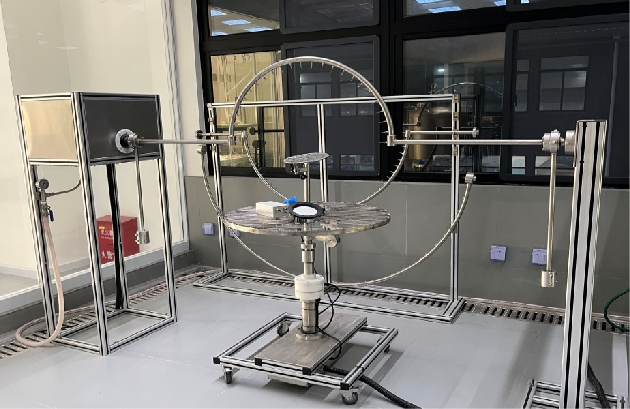
Environmental Simulation
Share

Waterproof Test-A waterproof test measures a product's resistance to water, using methods like the hydrostatic head test for fabrics and Ingress Protection (IP) testing for electronics and sealed devices. For fabrics, the hydrostatic head test applies increasing water pressure to a tight membrane until it seeps through, with the result measured in millimeters of water column it withstands. Electronic devices undergo IP testing, which involves exposing them to various water pressures, flow rates, and durations based on their specific IP rating, like IP67, to assess their ability to prevent water and dust ingress.

Saly Spray Test-A Salt Spray Test is a standardized, accelerated method to evaluate the corrosion resistance of materials and protective coatings by exposing them to a corrosive salt mist environment. The test involves spraying a fine mist of saline solution onto samples for a set period and periodically inspecting for defects like rusting, blistering, or chalking. Popular standards include ASTM B117 and ISO 9227, making the test a quick, repeatable, and cost-effective quality control tool for assessing coating effectiveness and product durability against environmental corrosion.

A high-temperature life test, or High Temperature Operating Life (HTOL) test, is a reliability stress test for electronic components, particularly integrated circuits (ICs), that subjects them to high temperatures, high voltage, and dynamic operation to accelerate aging and identify potential failures within a shorter timeframe. By intensifying operational conditions, HTOL simulates years of use in weeks or months, allowing engineers to assess a component's intrinsic reliability and predict its lifetime before product release.

Transport vibration test-A transport vibration test is a procedure that uses a vibration test table to subject a product and its packaging to controlled vibrations, simulating the stresses and movements it would encounter during shipping and handling. This type of testing helps evaluate potential damage from vibrations, assesses the effectiveness of cushioning materials, and verifies the sturdiness of containers, ensuring product integrity throughout the supply chain. Common standards and methods include those from ISTA and ASTM, which define test sequences and equipment to replicate real-world transport environments.